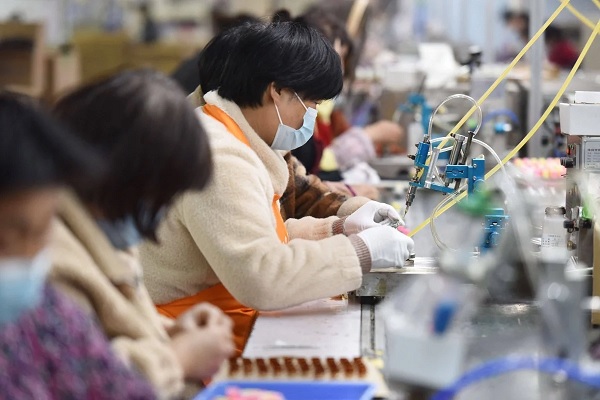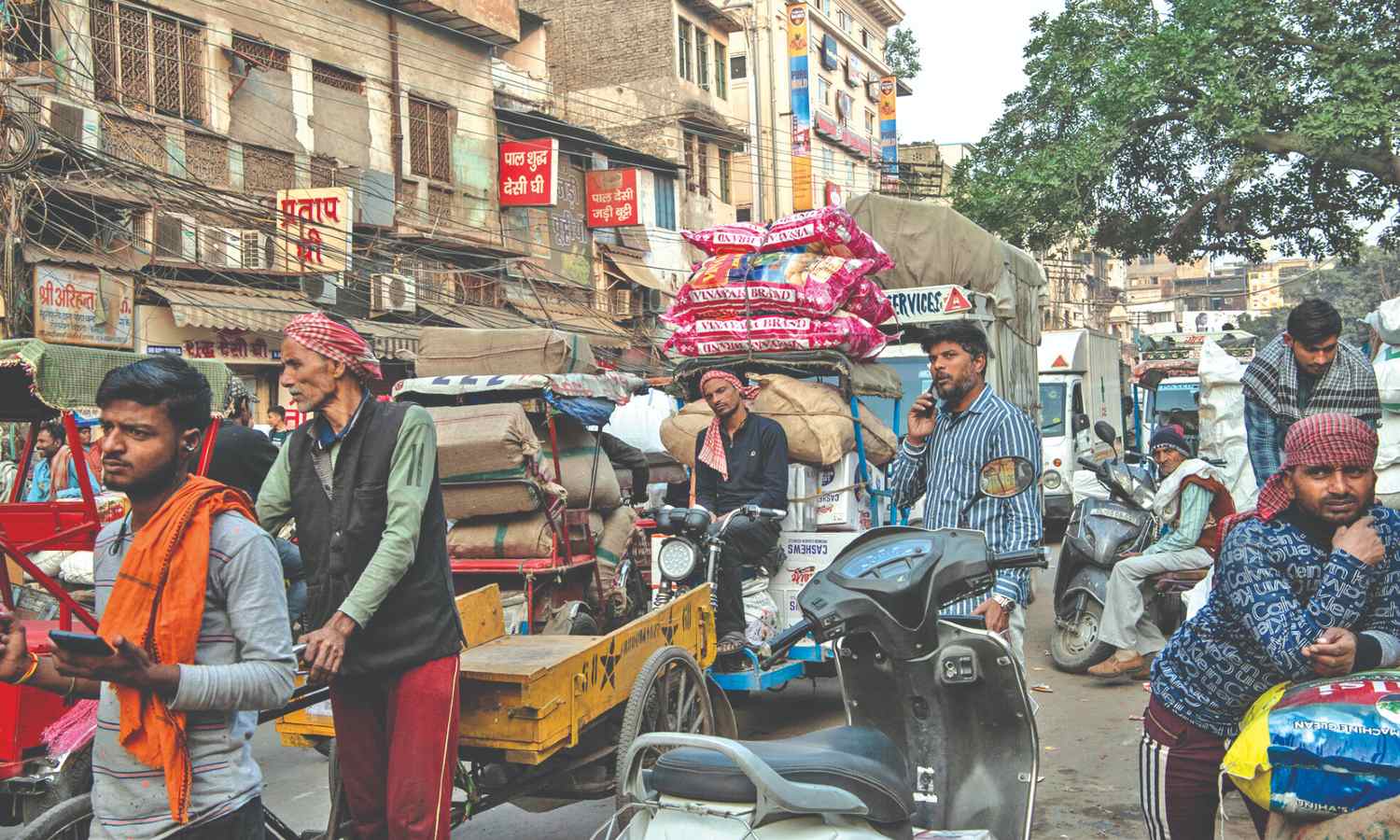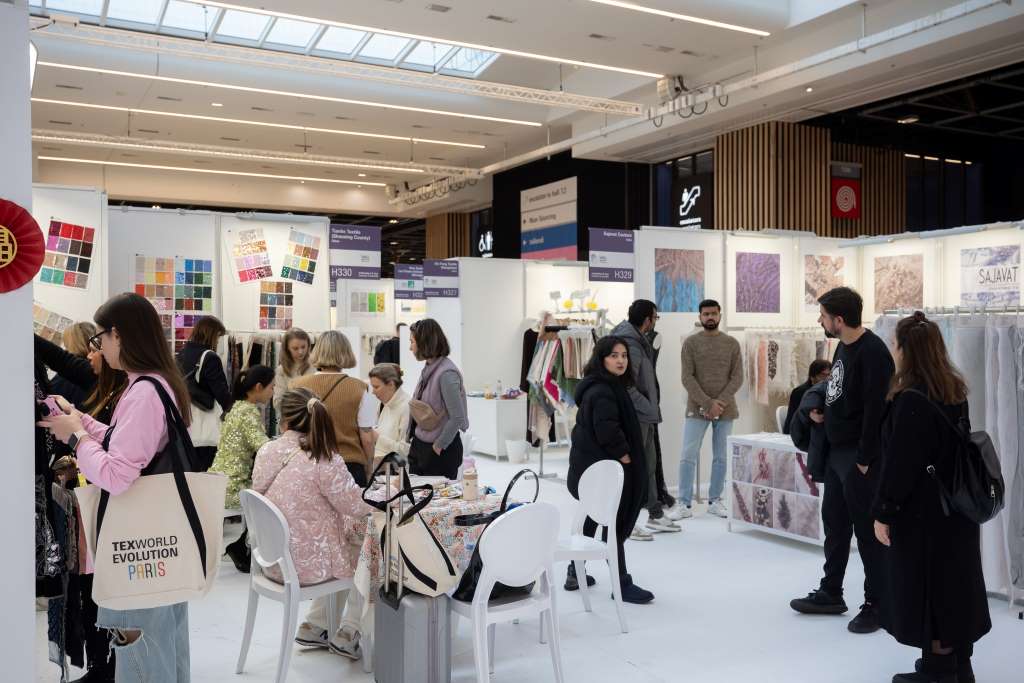
China has always been synonymous with low-cost and mass production. However, the ongoing slow recovery from pandemic has led to rampant inflation in pricing, since the lockdown has changed demand in the goods sector and interrupted supply chains. The new virus has led to a further lockdown and there is no knowledge what the economic future of the country would be.
Headwinds with inflation and supply chain pressures
Although experts feel global inflation should come down soon as the situation improves, it’s still true that the world is on the verge of a global inflation regime after Covid. Supply chain disruptions due to China’s zero-Covid policy have resulted in brands looking at reshoring production. The global market is dependent on China not only in the luxury segment but also for low-cost mass production.
Experts are concerned the deflationary drag may go into reverse in China. Its working-age population is expected to shrink significantly in the next few years, while rapid wage growth means labor is now more expensive. The government’s policy of ‘common prosperity’ for all threatens to drive wages even higher. If common prosperity leads to centrally-mandated increase in wage growth that far exceed productivity, then it could be more troublesome. Rising labor costs have historically tended to cause external competitiveness to deteriorate, resulting in import substitution and the destruction of domestic industry.
Meanwhile, these structural changes are happening against a backdrop of more hawkish trade policies towards China that threaten to break up supply chains. In contrast to other countries such as Mexico, which has seen similar increase in earnings, wage growth in China appears to have been justified in large part by rapid increase in productivity. Most workers in China have been paid more for producing more goods, keeping unit labor costs down and in the process becoming even more competitive.
Although Chinese customers spent on luxury brands in spring 2020, the ensuing revenge spending after Covid has encouraged many brands to open new stores or refurbish others while investing in digitalization efforts. A more significant decline in the number of workers will drive up output prices in the longer term.
Labor market a cause of concern
There is a hidden slack in other parts of China’s labor markets that need to be focussed on. Although construction has been a major source of employment before, post-Covid, there is not much need to sustain rapid house building and this will free-up workers. Also, China has a casual and unprofessional labor market with almost half of all workers operating in the shadow economy. Not all workers are mobile or possess the required skills to enter new industries. Also, absorbing these workers into more productive sectors is a must for the country to thrive.
The clothing and footwear sectors are labor-intensive, so these could be candidates for inflationary pressures to emerge but delving into data shows that a transformation here is already happening. China’s share of global textiles exports has already peaked, at around 40 per cent in 2015.
With many labour-intensive manufacturing apparel brands already having left China, the future of the country looks bleak, But global market experts know that life is like a wheel and will always come back to where it all started.












